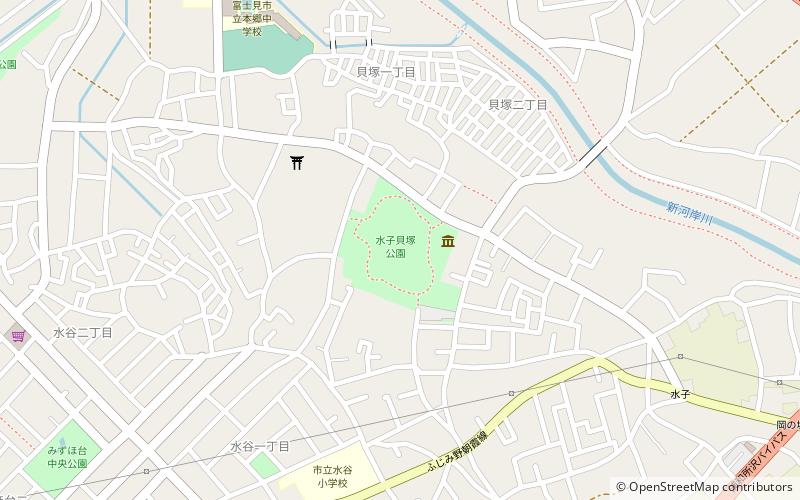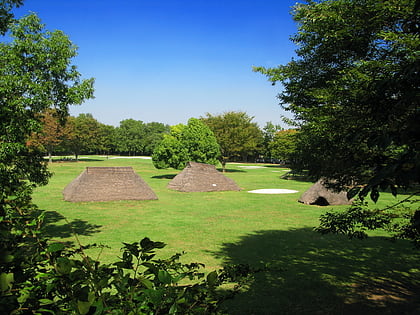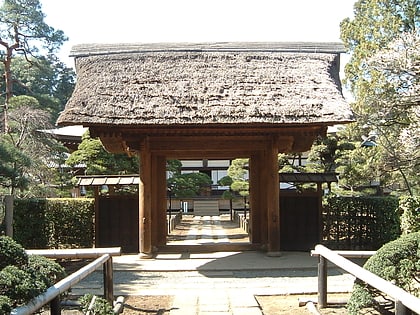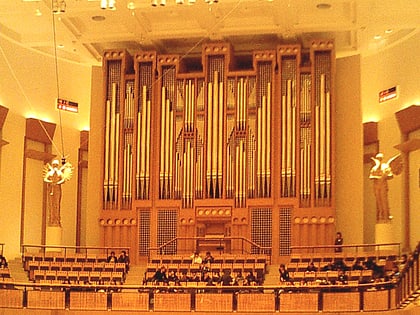Mizuko Shell Mound, Saitama


Facts and practical information
The Mizuko Shell Mound, nestled in the bustling city of Saitama, Japan, is an archaeological site that offers a glimpse into the region's ancient past. This shell mound, or kaizuka, is a testament to the Jomon period, dating back to approximately 4,500 to 2,500 BCE, and it provides valuable insights into the lives of the people who inhabited the area during prehistoric times.
As a type of midden, the Mizuko Shell Mound is composed of the accumulated debris from generations of human activity, primarily consisting of shells from various mollusks, which were a significant part of the diet of the Jomon people. Over time, these shells, along with animal bones, pottery fragments, and other artifacts, were discarded in heaps, creating mounds that have been preserved for thousands of years.
Excavations at the site have unearthed a wealth of artifacts that shed light on the cultural practices and daily life of the Jomon inhabitants. The shells and bones found within the mound indicate a diet rich in marine resources, which suggests that the people of that era were adept at fishing and foraging along the coastline.
The Mizuko Shell Mound is not just an archaeological treasure trove; it also serves as a cultural touchstone, reminding visitors of the long history of human settlement in the region. The site has been carefully studied and preserved, allowing both researchers and the public to connect with the ancient past of Saitama and the broader history of Japan.
Saitama
Mizuko Shell Mound – popular in the area (distance from the attraction)
Nearby attractions include: Saitama Super Arena, Heirin-ji, Tokorozawa Civic Cultural Centre Muse, Sakitama Bridge.
Frequently Asked Questions (FAQ)
How to get to Mizuko Shell Mound by public transport?
Train
- Mizuhodai (20 min walk)
- Yanasegawa (26 min walk)











